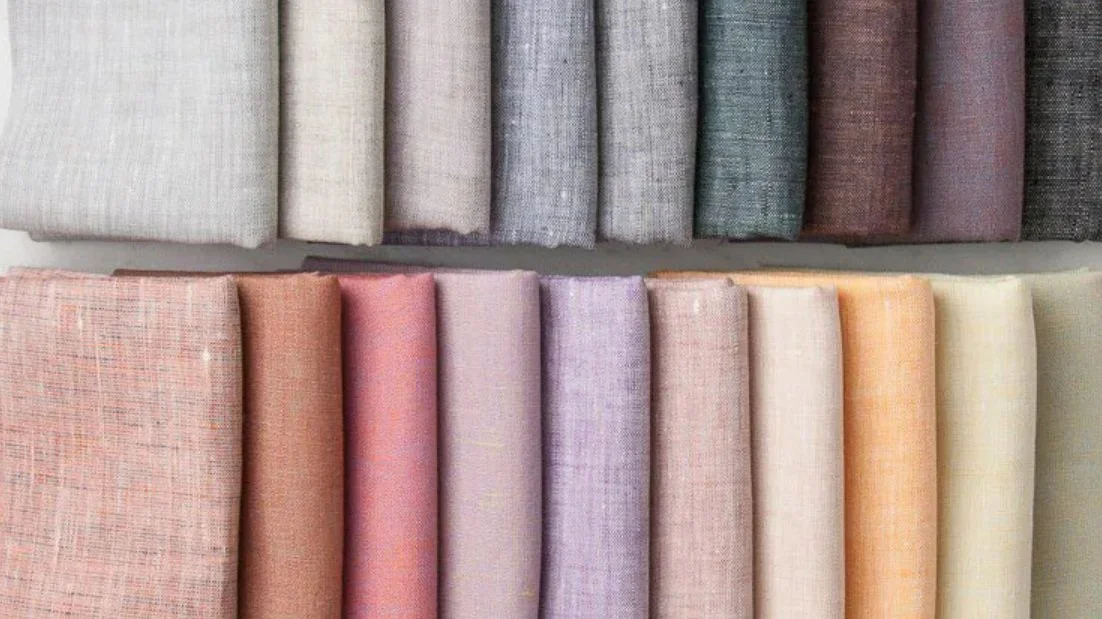Robert B. Chiadini is talking about his friend in his book “Influence”. She is a Native Indian jewelry store owner, who couldn’t get her customers to buy her turquoise pieces.
She tried a few ways to make the items more appealing, but all to no good.
Finally, exasperated, she wrote a note to her saleswoman: “Everything in this display case, price x ½,” hoping just to be rid of the offending pieces, even if at a loss.
When she returned a few days later, she was not surprised to find that every article had been sold. She was shocked, though, to discover that because the employee had read the “½” in her scrawled message as a “2,” the entire allotment had sold at twice the original price. How did that happen?
The people buying the jewelry, had been brought up on the rule “You get what you pay for” and had seen it work over and over in their lives. Before long, they had translated it to mean expensive = good. The expensive = good stereotype had worked well for them in the past because normally the price of an item increases along with its worth; a higher price typically reflects higher quality. So when they found themselves in the position of wanting good turquoise jewelry but not having much knowledge of turquoise, they understandably relied on the old standby feature of cost to determine the jewelry’s merits. Although they probably didn’t realize it, by reacting solely to price, they were missing out on a lot of other factors.
I saw it lots of times, throughout my career in fashion, when really expensive clothes were of surprisingly poor quality.
Here are 4 factors you need to pay attention to, when looking for good quality clothes:
Fabric
Pay attention to the label and the content of the fabric. High quality clothes are often made with natural fibers, like silk, cotton, cashmere and wool. This is because natural fibers sometimes hold up better over time. However, now there are lots of other more sustainable materials, like lyocell, made using natural cellulose materials, most commonly wood pulp from eucalyptus but can also include beech, bamboo or other woods.
Leather goods are traditionally expensive and considered good quality. It’s worth looking into leather alternatives that are animal or petroleum-free. Materials like pineapple leaf-based Piñatex, although still require a synthetic coating. Mushroom-based materials like Muskin, Mylo, and Mycoworks are completely animal and synthetic-free.
2. Seams and stitching
Good stitching work is one of the best indications that a piece of clothing is high quality. If the stitch work is poor, chances are that the item was cheaply made and uses cheap materials. Look for:
Stitching work with many stitches per inch. Generally, the more the better.
Extra top stitching.
Buttons and other pieces that are securely sown to the fabric.
Hem work that is fully finished. For example, if the hem appears loosely stitched inside or is lacking thread, the clothing is probably low quality
3. Buttons and zips
The material of buttons and other accessories can tell you a lot about the quality of a garment. Plastic parts are an indicator that a piece of clothing is cheaply made. Instead, look for:
Metal zips;
Wood or metal buttons;
Robust buttons and other accessories, regardless of the type of material.
4. Fabric facing
Facing is the extra material manufactures sew along seams. They are often used around zips and necklines. If a garment does not have facing or has a little bit of facing, it might be low quality.
Pro tip: Try to see if the manufacturer used the same fabric for facing as they used for the rest of the garment. If they did, this speaks to the quality of the fabric.
What was the most useful tip for you?




